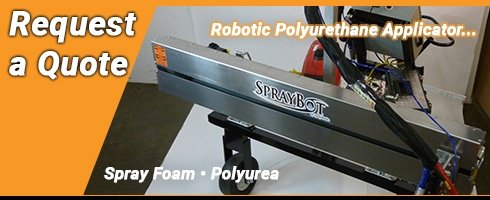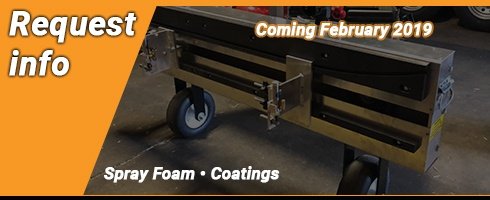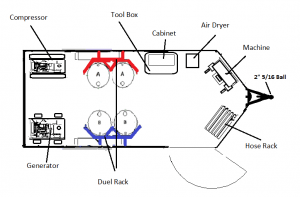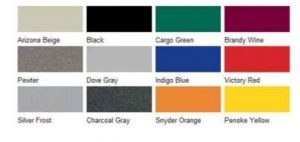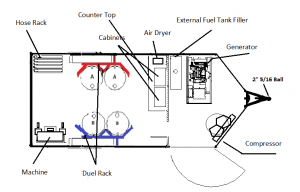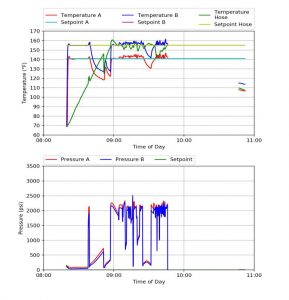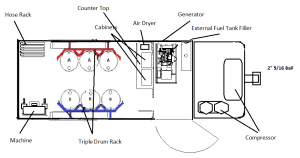Choosing the Right Insulation for Your Job
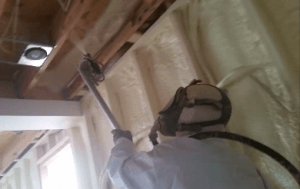
Many people choose to insulate their homes for a variety of reasons. The most common ones are to minimize energy cost, improve environmental conditions as well as noise reduction. There are different types of insulation that can be used, and while some opt to use fiberglass or batt insulation for insulating their residence, it is spray foam that is most effective and provides the most longevity.
There are actually two types of spray foam insulation, and while they both outperform conventional insulations, there are important considerations for when these should be used. The two types of spray foam insulation are open cell and closed cell foam.
A major difference in the value between the two types comes down to the total R-value achieved – the rating assigned to material that identifies resistance to heat flow. The higher the R-value, the more heat resistance you receive. Open cell foam is less dense, comprised of free-flowing air within the spaces where the foam cells have not formed and interlocked. Closed cell foam is far denser, so it is not porous in its composition. The air is therefore trapped inside, as the foam’s cells bind closer together to make a tighter, water-resistant layer, it takes more of such foam to fill the same space that it would take the open cell foam to occupy. Both can be very effective inside a home or building, however closed cell foams are functionally superior when exposed to weather elements outside.
How Open Cell Foam Insulation Is Used?
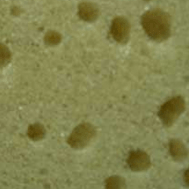
Because of the porous nature, this insulation is not water-resistant, so it is best used when moisture in the area is less likely. In other words, open cell foam is best used in those areas where there is a much lower chance of water getting to it, or indoors.
Every type of insulation is assigned a particular “R-value” with this number representing how much air the insulation lets through. The higher the R-value, the tighter the pores and more air restrictive it is. Open cell foam insulation has an R-value of 4.3. Beyond letting in less air and preventing heat from escaping, open-cell spray foam is far superior in reducing sound. When used in interior walls, open cell spray foam works well at reducing the noise level, working well as a soundproofing barrier.
How Closed Cell Spray Foam Is Used?
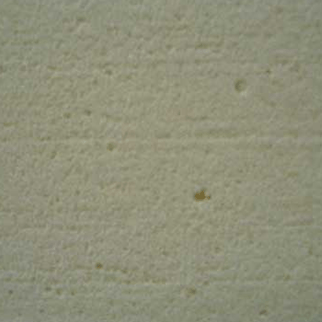
When closed cell spray foam insulation is sprayed, the propelling agent adds an extra insulation layer, raising the R-value of this type of insulation to 6.0. Because this type of foam is not open and porous, it has a sealing attribute that retains the temperature on one side while not allowing the temperature from the other to escape. The closed or sealed nature of the cells improves the moisture resistance and weatherability of the product and once applied gives added strength to the substrate.
For these reasons, closed cell foam works overall better at insulating walls and areas that are located at or below grade, such as basements and crawls spaces. Closed cell foams are often used where increased strength is needed such as commercial roofs. Rainwater can often enter exterior walls, so open cell foam without moisture barriers is not ideal for those spaces as it lets water in through its pores. Closed cell foam can be used on interior walls as well, but the cost of application is usually a deterrent from doing so in non-commercial building spaces. Because it’s more tightly packed, closed cell foam requires more of it to fill a particular space. For money-saving reasons, contractors and customers opt to spray closed cell foam only into exterior walls.
Read 7 FAQ’s About Closed Cell Insulation
Benefits Of Open Cell And Closed Cell Foam
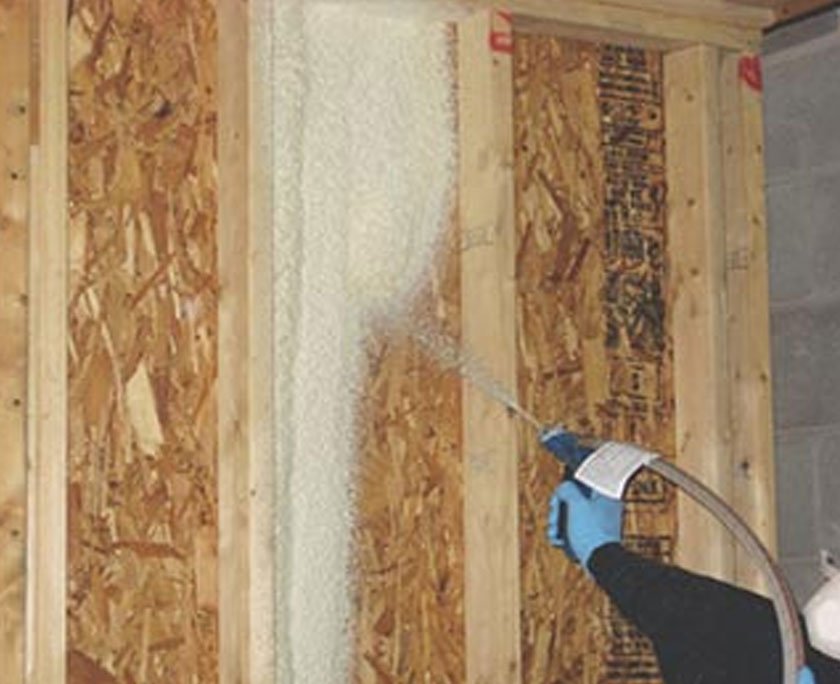
When the foam is sprayed, it expands into small crevices and cracks in the wall. That means there is an extra layer that blocks heat or cool air from escaping to the outside and reduces the ability of the hot or cold air from the outdoors from entering. In the same sense, the denseness of spray foam blocks out auditory components too, acting as a soundproofing barrier that can keep the indoors of a residence, or even noise level between rooms quiet.
Heat retention and soundproofing are two of the most common reasons for using spray foam, but several others are commonly overlooked. For instance, the tightly sealed outdoor walls create a more resistant barrier to allergens, like pollen, from sneaking through the crevices and cracks. The same logic applies to keeping out unwanted pests like bugs and rodents. They find their way through the small spaces in walls, but with the foam occupying those spaces, especially with closed cell foam material, creatures’ way in is severely restricted.
Foam spray is long-lasting, so once done, it will likely be a very long time before any type of reapplication or change is needed. Then there is the structural component. While there is a building code that assures that walls can bear the load of the rest of the home, acts of nature are not considered. Foam insulation also acts as a binding agent, reinforcing the strength of walls in the cases of heavy snow, powerful winds, and even earthquakes.
Changeover material with this one trick
When Not To Use Spray Foam Insulation
As with anything else, while the benefits of spray foam are superb, there are some limits to consider. In some places, spray foam is not recommended or is just outright unsafe to install. For instance, spray foam should not be used to insulate a wall that will be left exposed to the occupied space. Generally, insulation is coved by the sheetrock or wall covering which acts not only as a smooth surface to paint but also a protective layer in the event fire. While some spray foams are approved to be exposed for use indoors most require a protective barrier or coating to be applied to the finished foam surface.
Give us a call
Choosing which material to use is pretty straightforward. However, there are a number of material manufacturers in the marketplace, making choosing a manufacturer a little daunting. SprayWorks Equipment can help you choose a material supplier that is best suited for your project and provide a suggestion for how many inches of foam should be applied to achieve optimal results. Contact an expert today.

